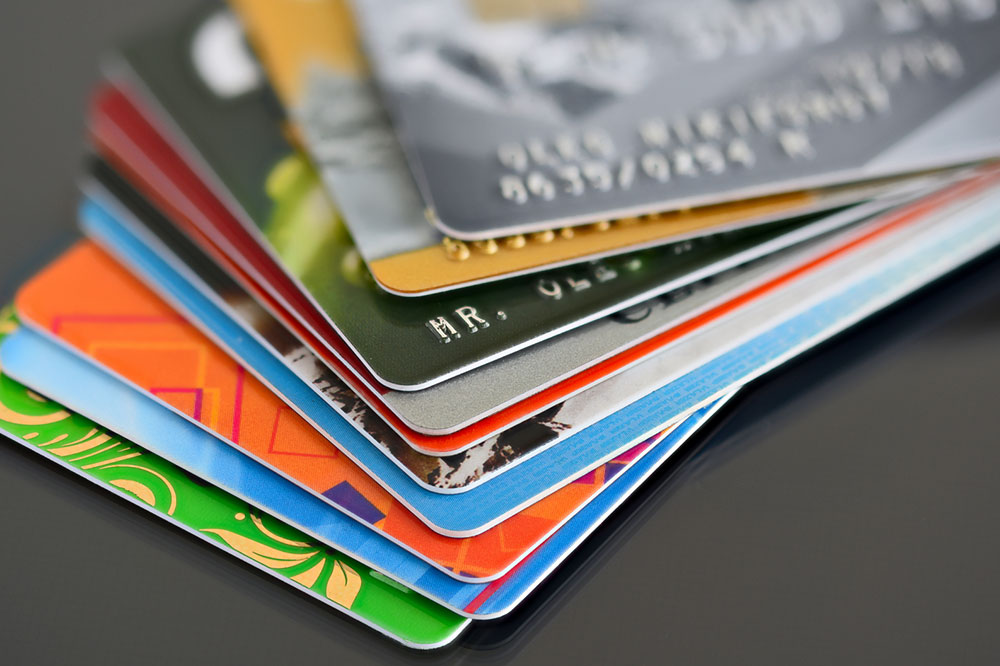Understanding the Mechanics of Credit Cards
Discover how credit cards operate, from issuance and transaction processing to revenue generation. Learn how credit companies profit through interest, fees, and interchange charges, and understand the mechanics behind this essential financial tool for consumers.

Understanding the Mechanics of Credit Cards
In today's world, credit cards are an essential financial tool that offer convenience and flexibility. A simple swipe or tap facilitates purchases without immediate payment, as the costs are settled later. This article explores how credit cards work, who benefits from their use, and how credit card companies generate profit. What exactly is a credit card?
A credit card is a plastic card that provides a temporary line of credit, allowing users to buy items and pay later, within a specified limit. When paying back, credit is restored, enabling continuous borrowing, much like a revolving loan.
Operationally, credit cards facilitate electronic transfer of funds from your account to the merchant. During a transaction, the merchant’s point of sale system checks with the card issuer via a network to verify validity and available credit. Approvals or declines follow this verification, and funds are transferred accordingly.
The Role of Credit Card Providers
Two main entities underpin credit card operations: the issuer (like banks and credit unions) and the network companies such as Visa, Mastercard, and American Express. The issuer manages your account, while the network processes transactions.
How Do Credit Card Companies Earn Revenue?
Credit card companies profit mainly through three channels:
Interest Charges
High-interest rates are applied when users miss payments or carry balances beyond due dates, accumulating costs on unpaid balances.
Fees
Various fees include annual charges, cash withdrawal fees, late payment penalties, and balance transfer costs. These fees vary depending on the card’s features and usage.
Interchange Fees
Merchants pay a processing fee, known as the interchange fee, for each transaction. This fee compensates the issuer for facilitating the transaction.
Timely bill payments help avoid most interest and fees, saving users money.
Note:
Information provided here combines research, industry data, and expert insights. Due to dynamic financial landscapes, details may vary or become outdated. We recommend consulting financial professionals for personalized advice. The website content is for informational purposes and does not constitute financial guidance.










